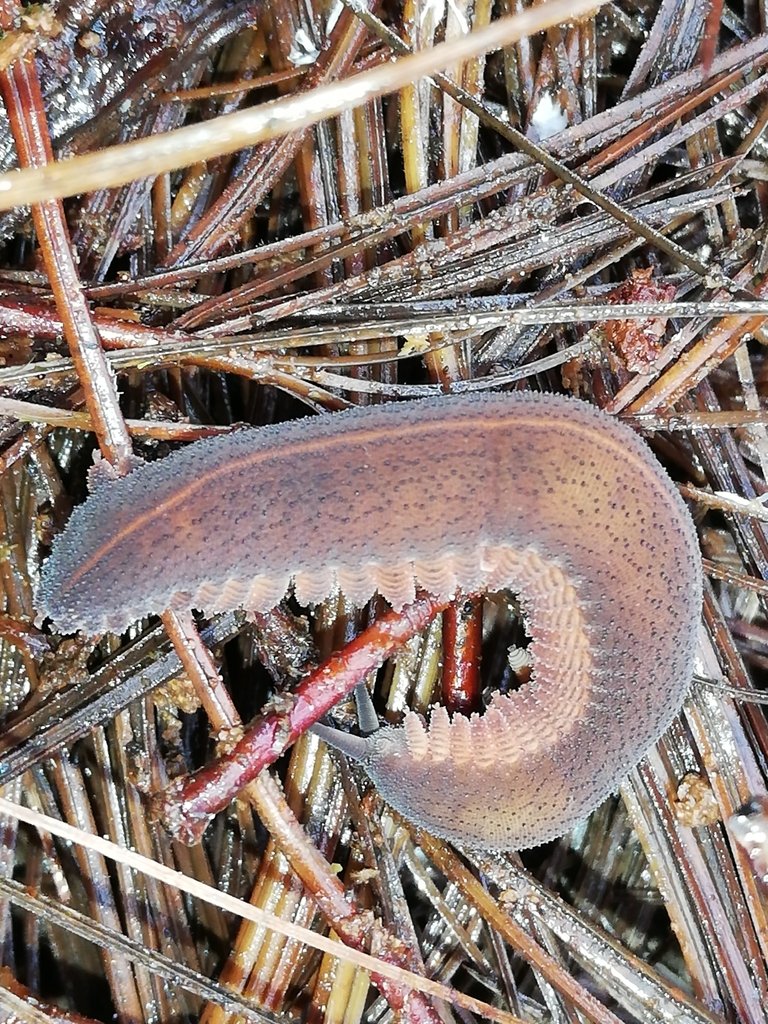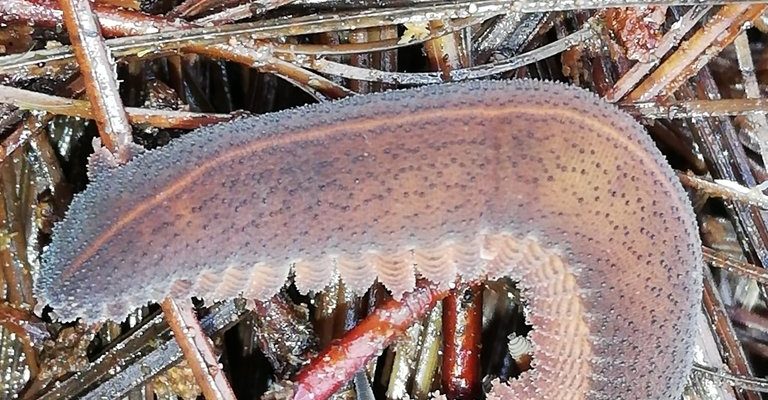
Velvet worms, or **onychophorans**, are soft-bodied, segmented animals that thrive in moist environments. They may not be as well-known as earthworms, but they have unique qualities that make them essential contributors to soil health. These critters not only help with nutrient cycling but also interact with other organisms in the soil. So, why should we care? Well, understanding their role can lead to better soil management practices and, ultimately, healthier plants and ecosystems. Let’s dive into how velvet worms contribute to soil health and why their study is important.
What Are Velvet Worms?
Velvet worms are a group of soft-bodied, segmented creatures found primarily in tropical and subtropical regions. They might look like a mix between worms and caterpillars, with their velvety texture and numerous tiny legs. These creatures are not insects, but rather unique animals with intriguing behaviors. They typically range from a few centimeters to up to 20 centimeters long, depending on the species.
One of the most interesting things about velvet worms is their hunting method. They have the ability to shoot a sticky, projectile slime to capture their prey, which consists mainly of soft-bodied invertebrates. This hunting technique is not only fascinating but also plays a part in regulating the populations of other soil organisms.
You might be wondering why these creatures matter in soil health studies. Well, their presence indicates a healthy ecosystem. They thrive in damp, decaying organic matter, meaning their presence often points to nutrient-rich soils. This makes them valuable indicators of soil health.
The Role of Velvet Worms in Soil Ecosystems
So, what exactly do velvet worms do in the soil ecosystem? First off, they are excellent decomposers. By feeding on dead plant material and other organic debris, velvet worms help break down nutrients, making them available for plants. Think of them as nature’s recyclers, taking waste and turning it into something valuable.
Additionally, velvet worms contribute to soil aeration. As they move through the soil, they create tiny channels, allowing air and water to penetrate more deeply. This is crucial for healthy root systems and overall plant growth. Without this aeration, soil can become compacted, leading to poor drainage and reduced plant health.
Another important aspect is their interaction with other soil organisms. Velvet worms share their habitat with a variety of microorganisms and other creatures. This interaction can enhance biodiversity in the soil, leading to healthier ecosystems. In a way, the velvet worm’s presence helps maintain a balance in the soil community, preventing any single species from dominating.
Velvet Worms and Nutrient Cycling
Nutrient cycling is a fundamental process in any ecosystem, and velvet worms play a pivotal role in this cycle. When they consume organic matter, they break it down and turn it into nutrients that plants can absorb. This process is essential for maintaining soil fertility.
Moreover, velvet worms excrete waste that is rich in nutrients. This waste, often referred to as **bioavailable** nutrients, becomes accessible to other soil organisms and plants. This means that velvet worms indirectly support plant growth, helping to sustain entire ecosystems.
Keeping the soil healthy relies on this continuous cycle of consumption and nutrient release. In areas with high velvet worm populations, researchers often find healthier plants and more vibrant ecosystems. Their role in nutrient cycling underscores their importance in soil health studies.
Research on Velvet Worms in Soil Health Studies
Scientists have started to pay more attention to velvet worms in recent years, recognizing their importance in soil health studies. Research has shown that analyzing velvet worm populations can provide valuable insights into the overall health of soil ecosystems.
For example, studies have indicated that areas with diverse velvet worm species tend to have richer soil. Researchers are also exploring the impact of environmental changes on these creatures. Climate change, habitat destruction, and pollution can affect their populations, which in turn affects soil health.
By incorporating velvet worms into soil health assessments, scientists can gain a more comprehensive understanding of the ecosystem. This can lead to more effective soil management practices, promoting sustainability and biodiversity in agriculture and natural environments.
Implications for Agriculture and Conservation
The significance of velvet worms extends beyond academic studies; it also has practical implications for agriculture and conservation efforts. Farmers and land managers can benefit from understanding the role velvet worms play in maintaining healthy soils.
For instance, promoting a habitat conducive to velvet worms can lead to improved soil fertility. This means healthier crops and potentially better yields for farmers. Implementing practices that support velvet worm populations, such as reducing soil disturbance and encouraging organic matter, can make a real difference.
Furthermore, conservationists can use knowledge about velvet worms to develop strategies that protect both the creatures and their habitats. By ensuring these organisms thrive, we help maintain the delicate balance of soil ecosystems, which is vital for the planet’s health.
Ultimately, recognizing the importance of velvet worms can lead to more sustainable practices in both agriculture and environmental conservation.
In summary, velvet worms might not be the most glamorous creatures in the soil, but their contributions to soil health are undeniable. From aiding in nutrient cycling to improving soil aeration, these creatures play an essential role in maintaining a balanced ecosystem. As we continue to explore their significance in soil health studies, we can develop better practices that support not only velvet worms but the entire ecosystem.
So, next time you think about soil health, remember that these little, often-overlooked worms are working hard behind the scenes. By giving velvet worms the attention they deserve, we can foster healthier soils and, in turn, a healthier planet. Embracing the importance of these fascinating creatures may just be the key to unlocking sustainable future practices in agriculture and conservation.

